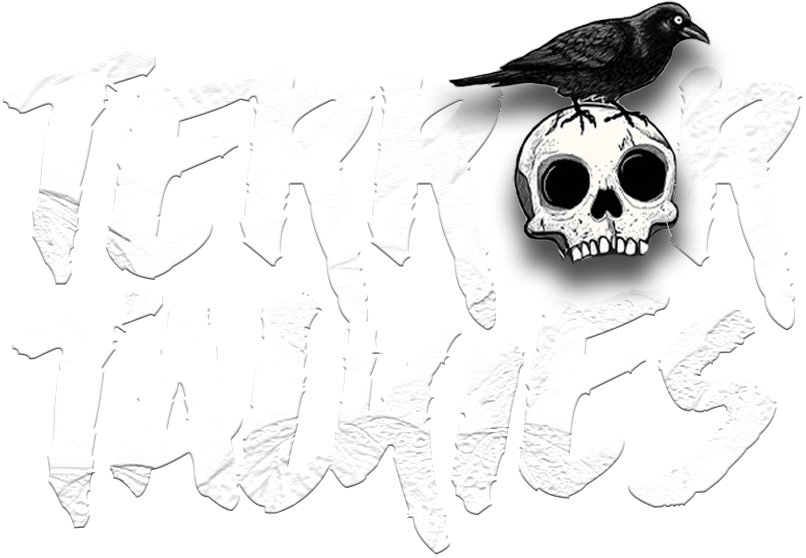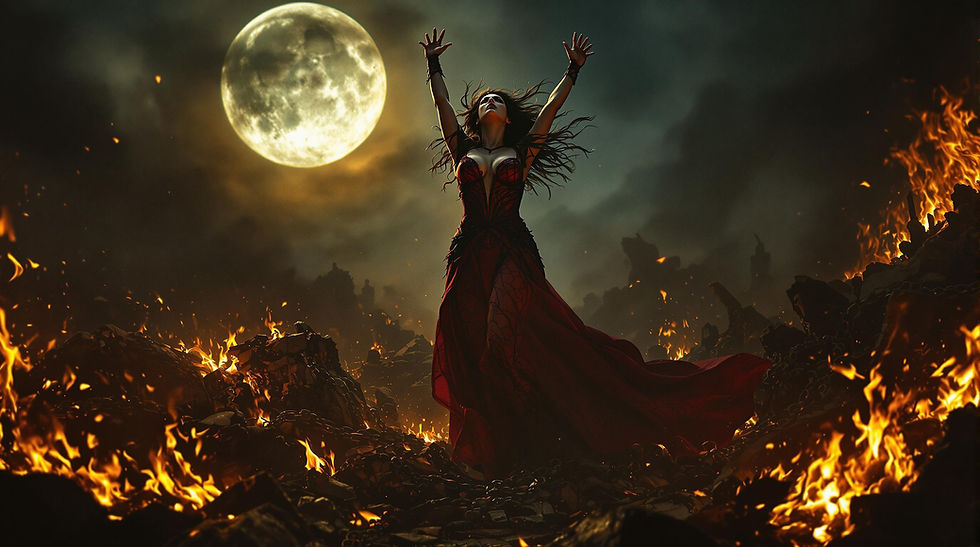Killer Clowns, Haunted Dolls & Feral Children: The Things That Linger in the Dark
- Shaitan Rao
- Mar 9
- 2 min read
Updated: May 4
by Shaitan Rao

The air is thick with something unseen, something crawling just beneath the surface. A distant laugh echoes in the night, a sound too sharp, too stretched out. It lingers like a thread unravelling in the dark. The face of a clown, painted in grotesque exaggeration, grins wider than nature allows. This isn’t joy. This isn’t innocence. This is something else entirely.

Killer clowns—why do they persist? The painted face is a mask, a deception, a joke stretched to the point of rupture. Pennywise grins from the gutters, waiting. The Joker laughs because he has already seen the end of the world. In India, Bhoothnath lurks, a spectre of mischief with a grin that doesn’t fade. The human mind cannot trust something that hides its true expression. A painted smile is a lie. And lies? Lies are terrifying.
Then, there are the dolls. Small, lifeless things meant for comfort, meant for play. But their eyes—those still, glassy eyes—follow. Annabelle doesn’t blink. Chucky smiles too much. In the shadows, an old doll sits forgotten, collecting dust. But it waits. The thing about dolls is that they are supposed to be inanimate. When they aren’t, something fundamental about reality unravels. Even in Indian horror, like Phoonk, the doll is an object of dread. It is a child’s plaything twisted into something else, something wrong. The uncanny valley stretches deep and wide, and within it, the dolls whisper secrets only the darkness understands.

And then, the feral children. They move between the trees, neither human nor animal, eyes reflecting something older than language. They are the lost ones, raised by the wind, speaking in tongues forgotten by civilisation. The Jungle Book told their story one way, but Mama, Tumbbad—these stories tell it another. They are creatures of instinct, beings sculpted by the wild. They don’t conform. They don’t belong. And the fear slithers in—the fear that perhaps civilisation is the illusion, and the feral child is the truth.
These tropes—clowns, dolls, wild children—linger because they gnaw at something primal. The discomfort of the familiar made strange. The sense that something is looking at you, smiling, but not with kindness. It watches. It waits. It remembers something you have long forgotten.

And in the dead of night, when the wind shifts just right, maybe—just maybe—you’ll hear them whisper your name.



Comments